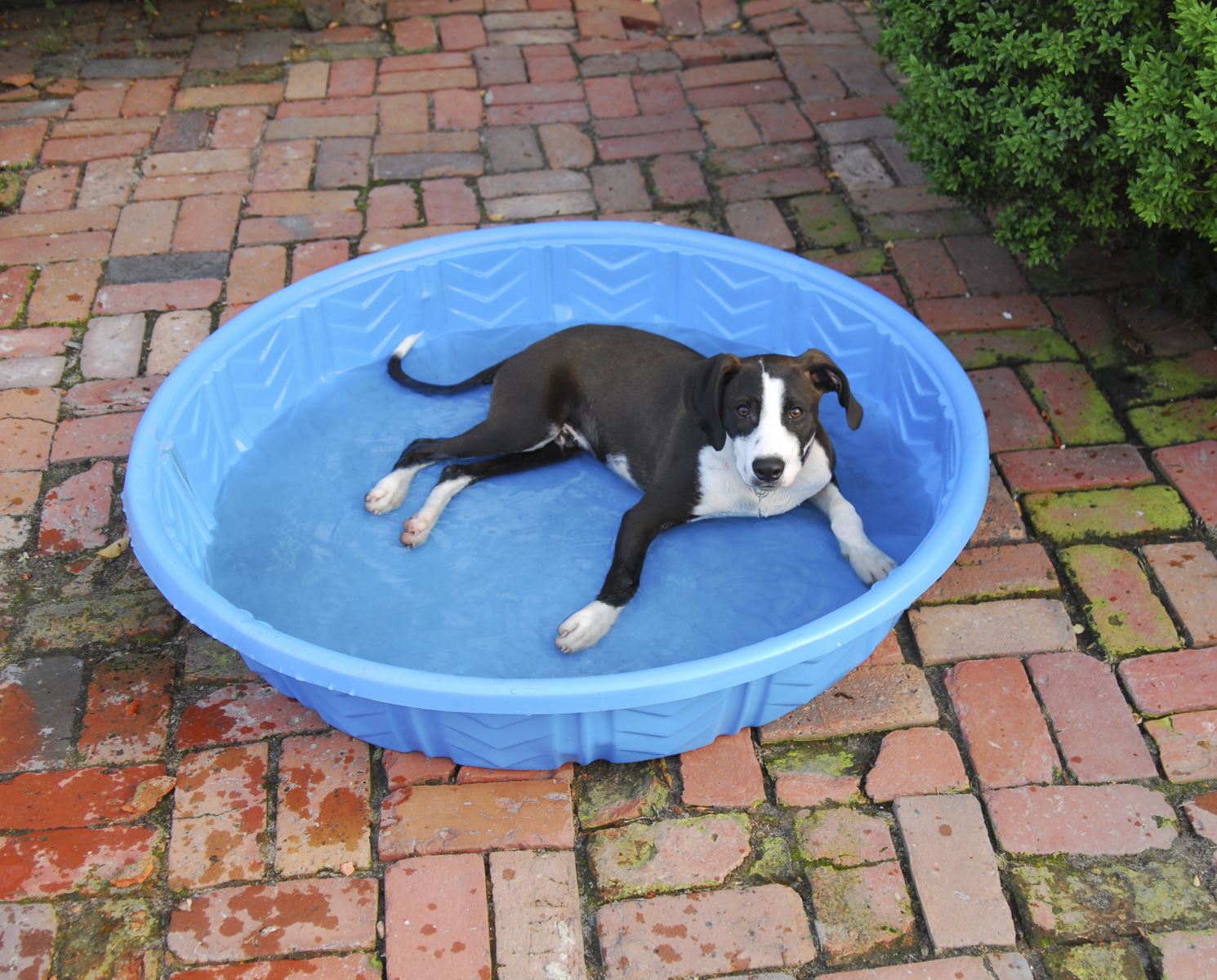Tips for Creating a Perfect Kitchen Pantry

The typical household kitchen pantry is full of items that are needed and some items that may have been in there way too long that are no longer needed or good for that matter. Perhaps you have tried in the past to clean out your pantry to make it more efficient to no avail. Below are a few tips for a perfect kitchen pantry that may help you clean and organize yours once and for all.
-
The best way to start organizing your pantry is to clean everything out of it and start from the beginning. It may make a mess at first when you begin taking all of the items out of your pantry but sometimes you have to make a mess in order to get rid of a mess. Be sure to look through all of your items throwing out anything that is outdated or spoiled.
-
-
Another tip for a creating a perfect kitchen pantry is to install shelving that makes it more efficient. You can purchase shelving for your pantry at most local hardware stores or you can build them yourself out of wood, whichever works best for you. You can make the shelves stationary or you can choose to make them where they will pull out so that you can get things out a bit easier.
-
-
Putting all your staples such as flower and sugar into air tight containers then labeling them is a great way to organize your pantry and make it more user friendly. Once you get all of your staple items into containers you can then more easily organize them.
-
-
Another good tip for creating a perfect kitchen pantry is to use one shelf for each type of food. For example you can put cereals together all on one shelf, spices on one shelf and items that you use daily on a shelf that is eye level.
-
-
If your pantry is dull and dreary, you can always paint it a light color to brighten it up after you organize it all.
Once you get your kitchen pantry all organized exactly like you want it you will likely want to spend more time in the kitchen creating fantastic meals for your friends and family.
Courtesy of New Castle County DE Realtors Tucker Robbins and Carol Arnott Robbins.


.jpg)











